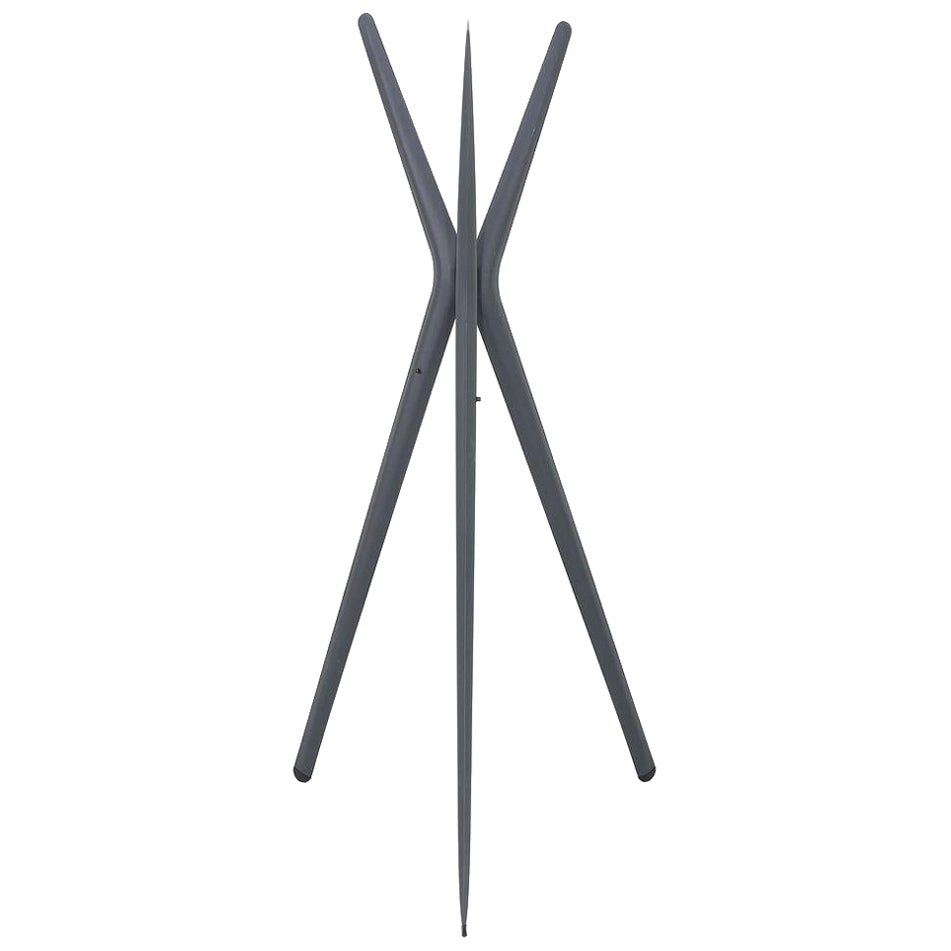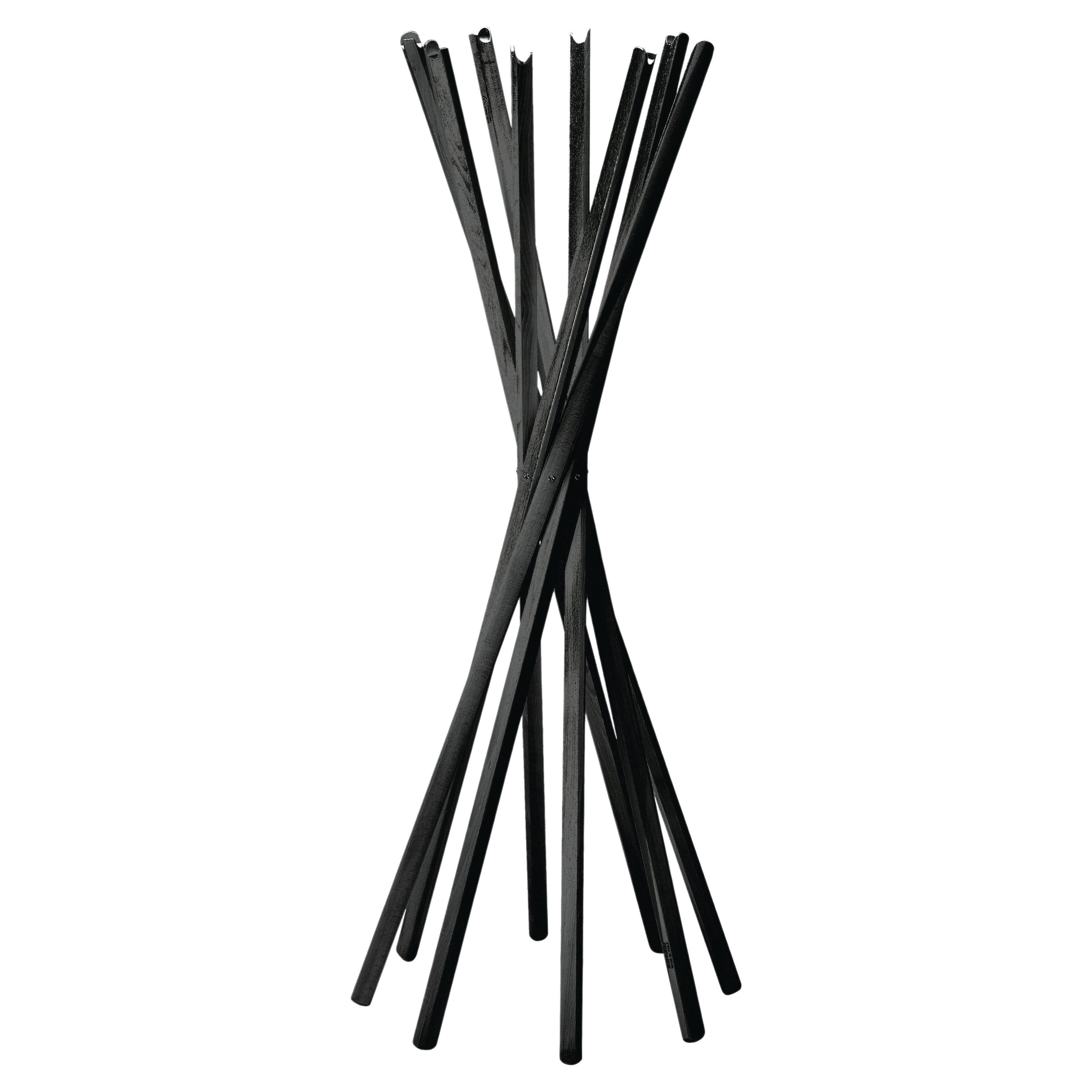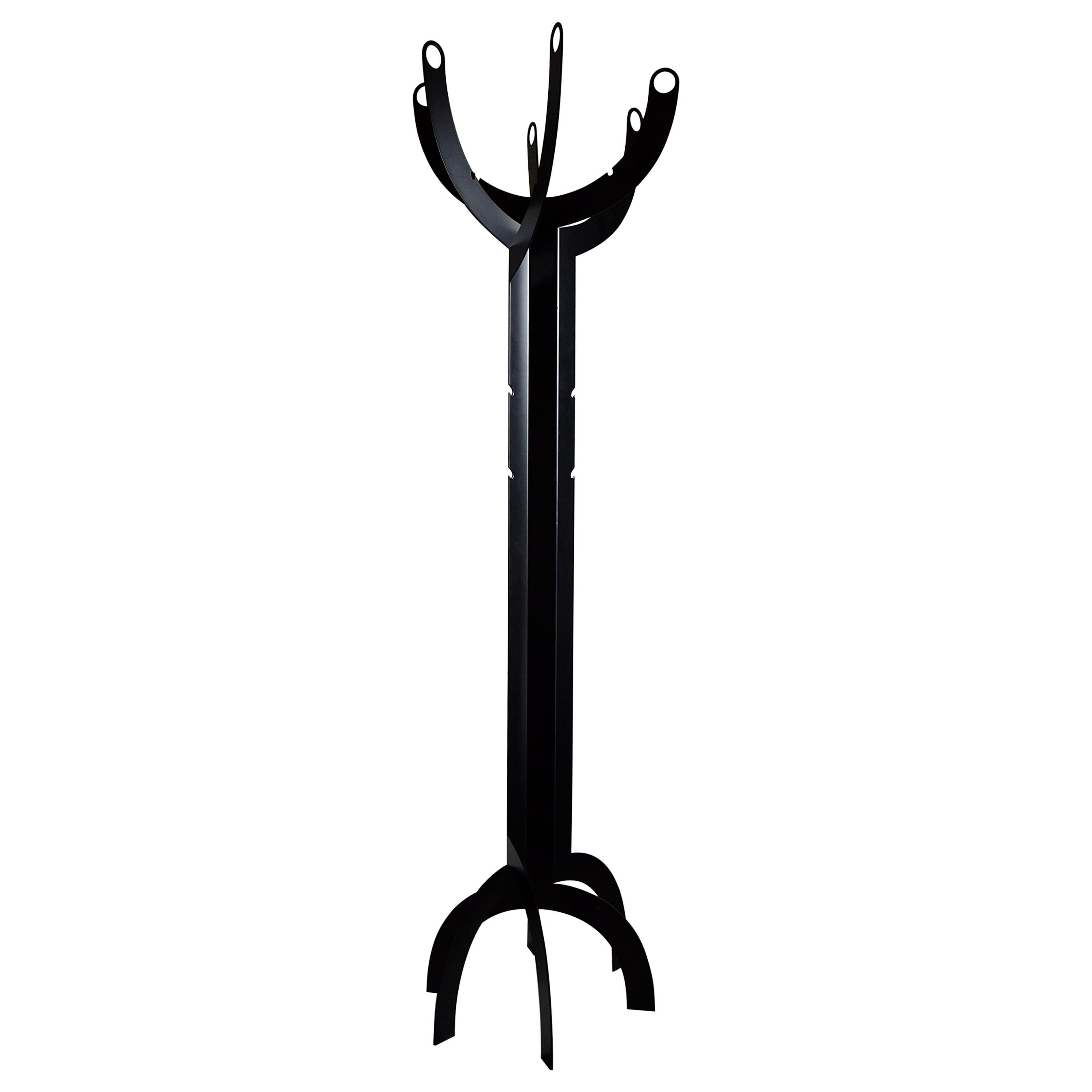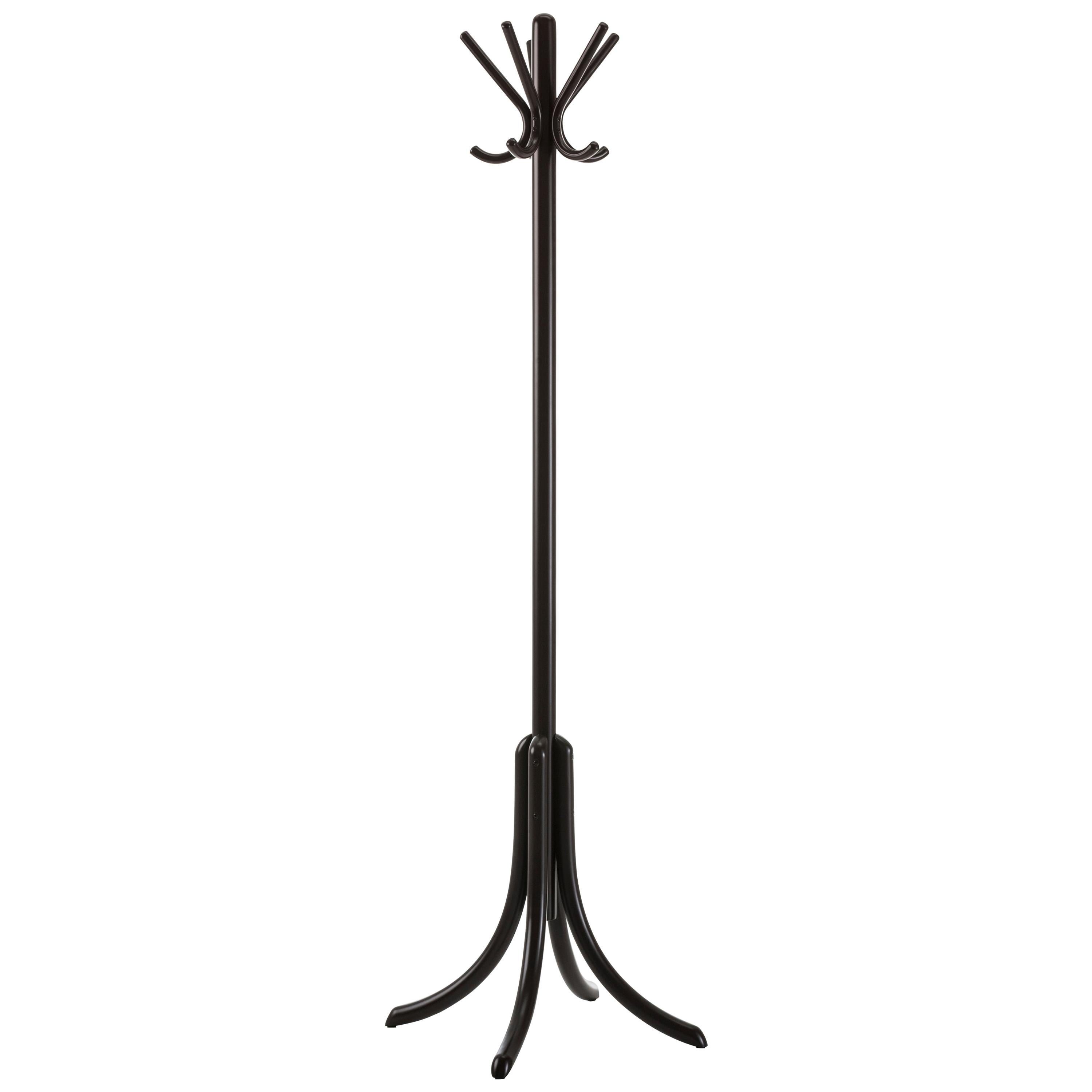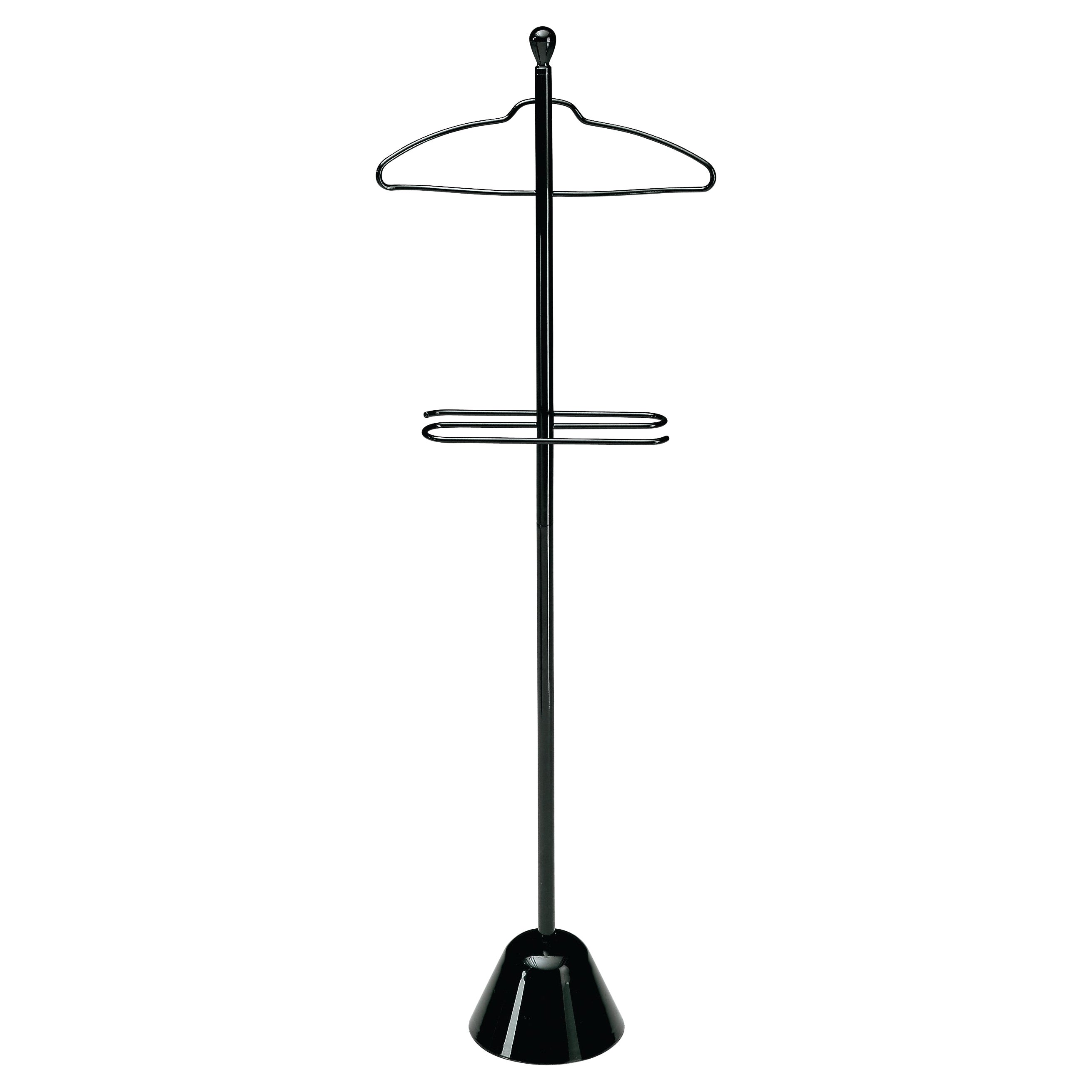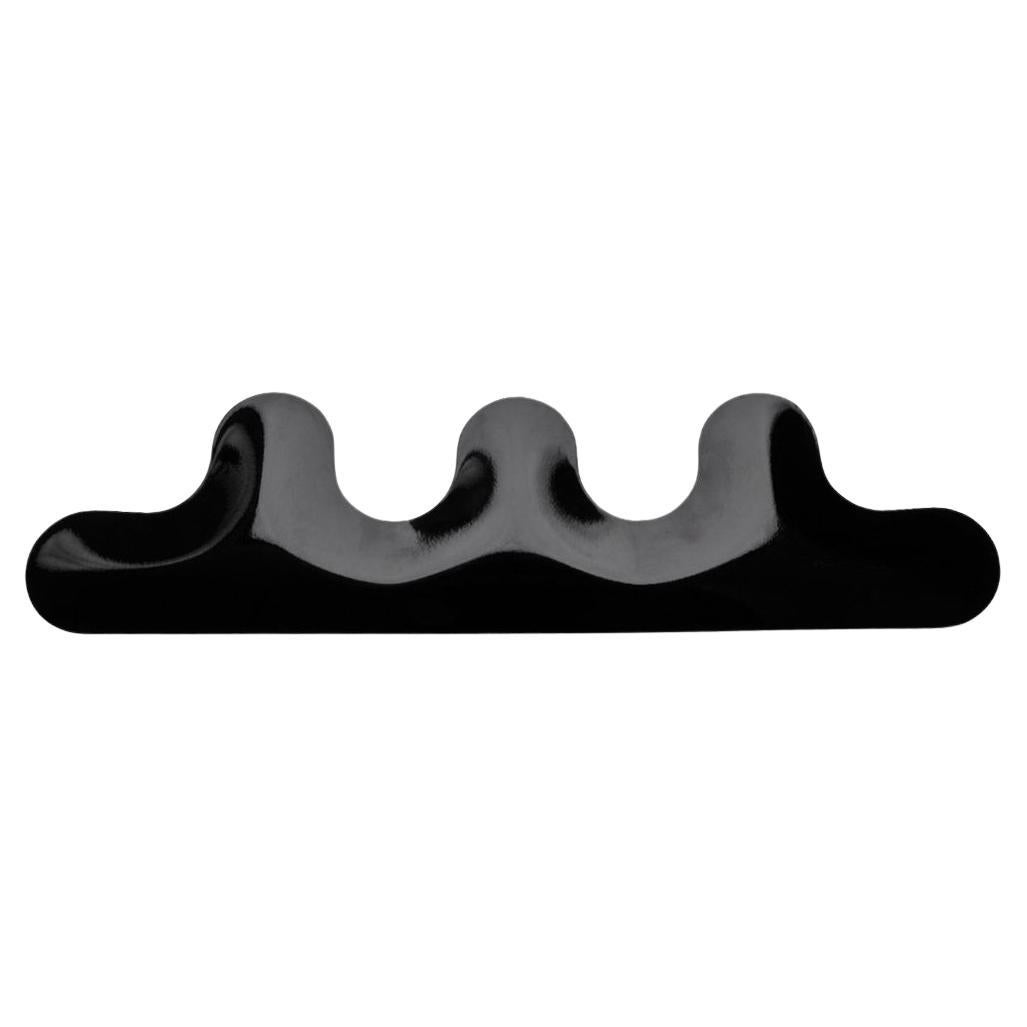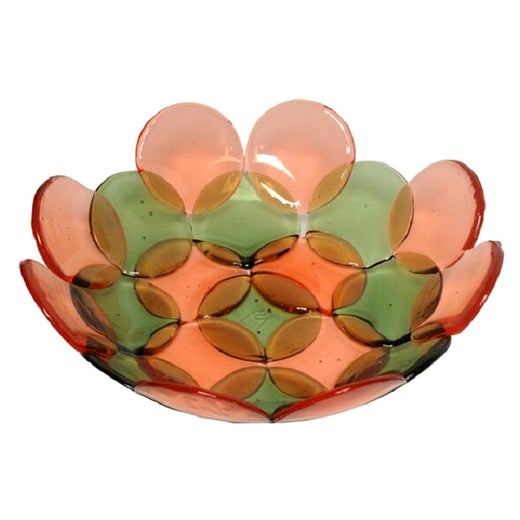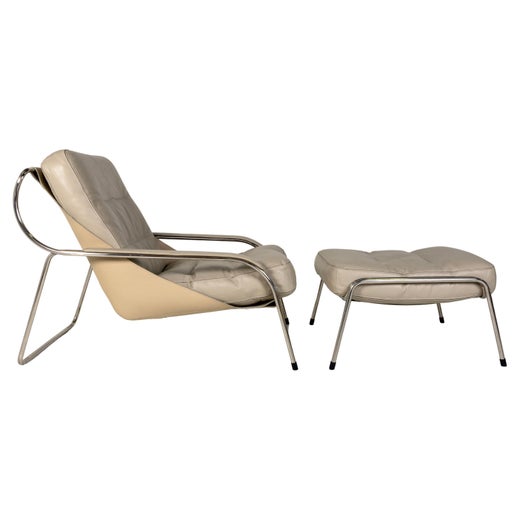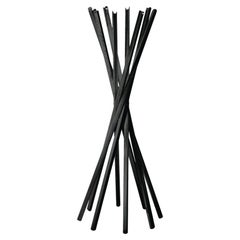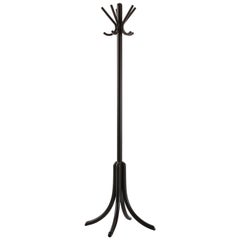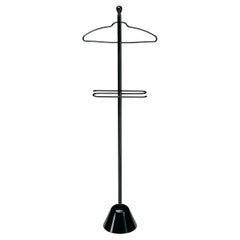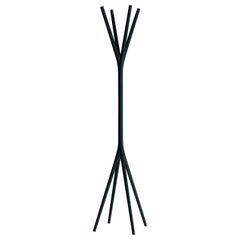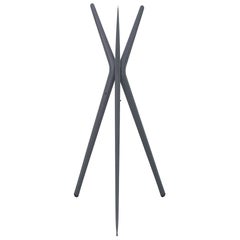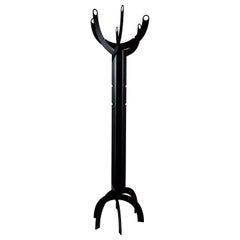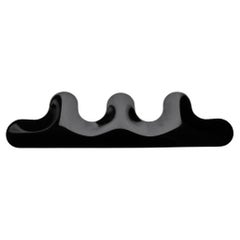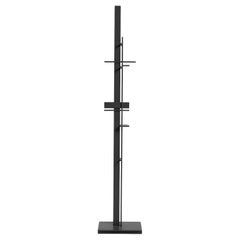Zanotta Museo Coat Hanger in Black Painted Steel with Scratch-Resistant Finish
About the Item
- Creator:
- Dimensions:Height: 15.36 in (39 cm)Width: 6.7 in (17 cm)Depth: 4.34 in (11 cm)
- Sold As:Set of 4
- Materials and Techniques:
- Place of Origin:
- Period:
- Date of Manufacture:1991
- Production Type:New & Custom(Current Production)
- Estimated Production Time:7-8 weeks
- Condition:
- Seller Location:Brooklyn, NY
- Reference Number:Seller: 3101stDibs: LU1639228837912
Enzo Mari
Enzo Mari was an influential industrial designer and a beloved curmudgeon who revered Marxism. His vintage mid-century modern designs are simple, functional and poetic. Widely known Mari-designed objects include desk accessories, such as the Formosa perpetual wall calendar, vases, cocktail tables and chandeliers.
Enzo Mari's work is embedded within the city of Milan, the Italian capital of all things design. In fact, the traffic bollards he devised are part of the city itself: Shaped like "panettone" cakes, they simultaneously direct traffic and provide seating for pedestrians.
In 1974, Mari published Autoprogettazione? (roughly translated as self-design), a Marx-inspired, anti-industrial, do-it-yourself handbook for the everyday person to use to build furniture without the assistance of a glitzy designer or knowledge of complex joinery. Mari’s intent with the publication was to remove the alienation of the creator and manufacturer from the end product by teaching anyone to develop a critical eye for production.
Artek relaunched kits based on the blueprints in the manual in an exhibition at Spazio Rossana Orlandi in 2010. The subsequent collectability of his work was reportedly irksome for Mari because he abhorred the industrial production for which he was becoming known.
Mari’s meager upbringing heavily influenced his politics, and even in childhood, he would come up with ingenious ways to support the family financially. As a designer, the desire to envision and build significant pieces was more important to Mari than devising new marketing and retail sales tactics. He optimistically believed objects could change the world. This view went against the rising consumer mania for every next trend that surfaced in the late 20th century. Not surprisingly, his ecological and economical stance led him to produce fewer objects.
Mari's philosophy did not stop people from desiring his creations, nor prevent other designers from wanting to collaborate with him. Following World War II, he worked for companies like Danese, Olivetti, Artemide, Driade and Alessi, who brought his prodigious designs to the public, and Mari’s work was widely celebrated.
The Golden Compass, Italy's highest honor for industrial design, was awarded to Mari four times before he died from COVID in 2020, and New York’s Museum of Modern Art has a permanent collection of his objects on display.
On 1stDibs, find a collection of Enzo Mari decorative objects, folk art and serveware.
Zanotta
Entrepreneur Aurelio Zanotta founded Zanotta in 1954 in Nova Milanese, Italy. Originally called Zanotta Poltrona, it specialized in traditional furniture. By the early 1960s, however, Zanotta had established a reputation for edgy mid-century modern design. Today’s vintage furniture collectors know the brand well for its innovative and wholly sculptural chairs, coffee tables and more.
One of Zanotta’s earliest successes was the Mezzadro stool — better known as the Tractor stool — designed by Pier Giacomo Castiglioni and his brother Achille in the late 1950s. In 1965, Zanotta was among the first furniture companies to work with expanded polyurethane foam and frameless construction, such as for the Throw-Away sofas and armchairs designed by Willie Landels. Another popular design was the Blow chair — designed by Jonathan De Pas, Donato D’Urbino, Paolo Lomazzi and Carla Scolari — viewed by many as a physical expression of late '60s carefree culture.
In 1969, amid the provocative movement we now call Italian Radical Design, Zanotta’s Sacco chair garnered major attention. The boundary-pushing beanbag chair was the brainchild of designers Piero Gatti, Cesare Paolini and Franco Teodoro who presented it to Aurelio Zanotta as a transparent vinyl sack loosely filled with small polystyrene balls. He suggested its signature brightly colored leather.
The Sacco chair won the 1970 ADI Design Museum’s Compasso d’Oro award. In 1972, the Museum of Modern Art in New York included it in the landmark exhibition “Italy: The New Domestic Landscape” curated by designer Emilio Ambasz. In 2020, it received a Compasso d’Oro ADI Lifetime Achievement Award for 50 years of enduring popularity. It is now in museum collections around the world including the Triennale Design Museum of Milan, the Musée des Arts Décoratifs in Paris, and London’s Victoria & Albert Museum.
After Aurelio Zanotta died in 1991, the company remained in his family and has been run by his three children since 2002. Zanotta continues to set the bar high for furniture design with trend-setting pieces.
On 1stDibs, find a collection of vintage Zanotta seating, tables and other furniture.
- ShippingRetrieving quote...Shipping from: Nova Milanese, Italy
- Return Policy
More From This Seller
View All21st Century and Contemporary Italian Coat Racks and Stands
Ash
21st Century and Contemporary Austrian Modern Coat Racks and Stands
Wood
21st Century and Contemporary Italian Coat Racks and Stands
Steel
21st Century and Contemporary Italian Coat Racks and Stands
Aluminum
21st Century and Contemporary Coat Racks and Stands
Wood
21st Century and Contemporary Italian Coat Racks and Stands
Steel
You May Also Like
2010s Polish Modern Coat Racks and Stands
Stainless Steel
Vintage 1980s Italian Post-Modern Coat Racks and Stands
Metal
2010s Polish Organic Modern Coat Racks and Stands
Steel
2010s Turkish Modern Coat Racks and Stands
Metal
2010s Polish Organic Modern Coat Racks and Stands
Steel
Vintage 1970s Italian Coat Racks and Stands
Wood
